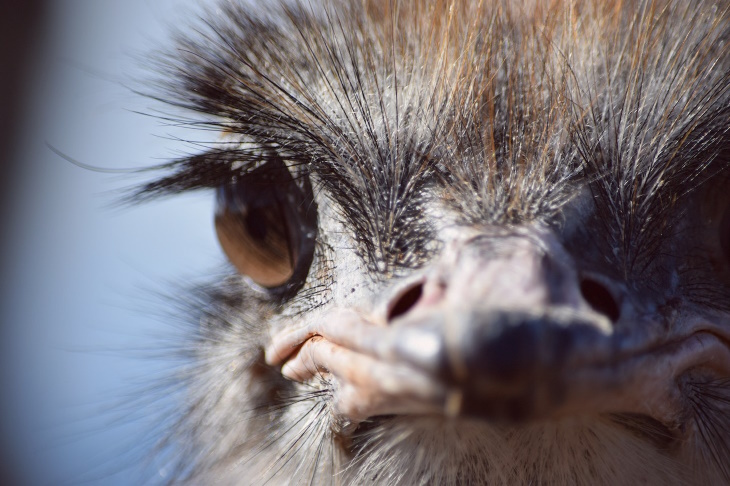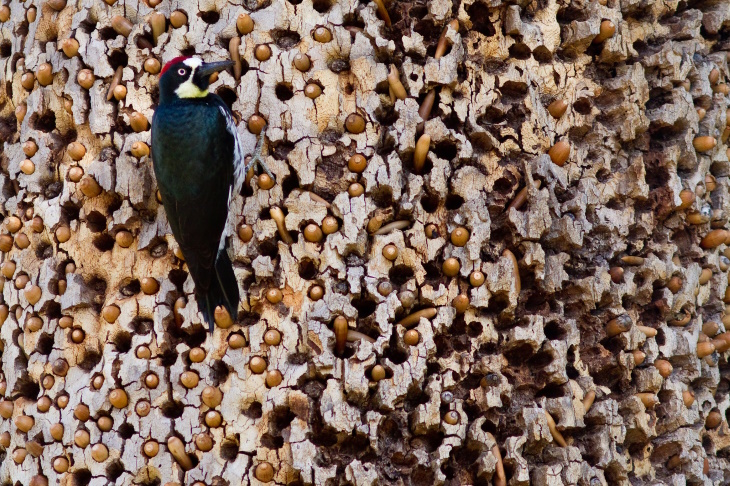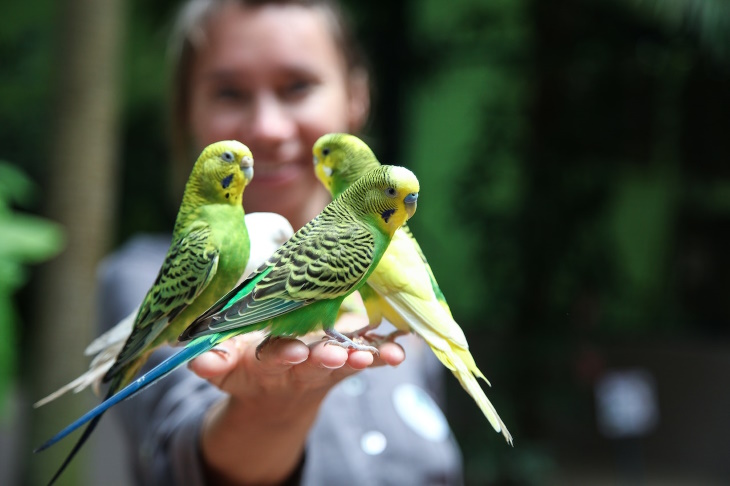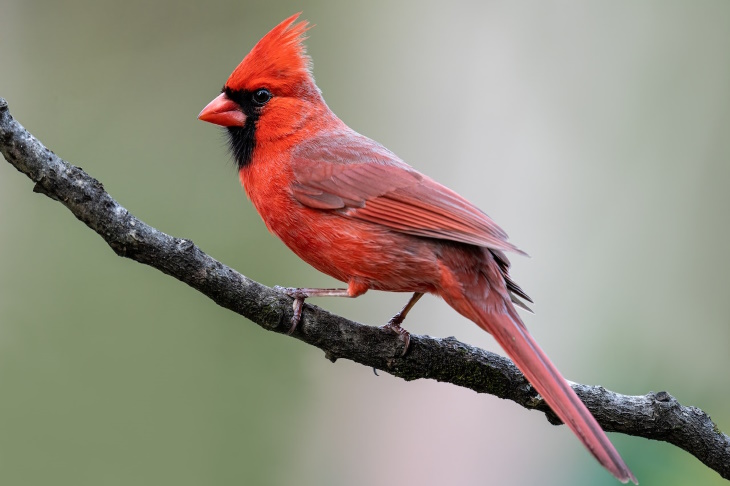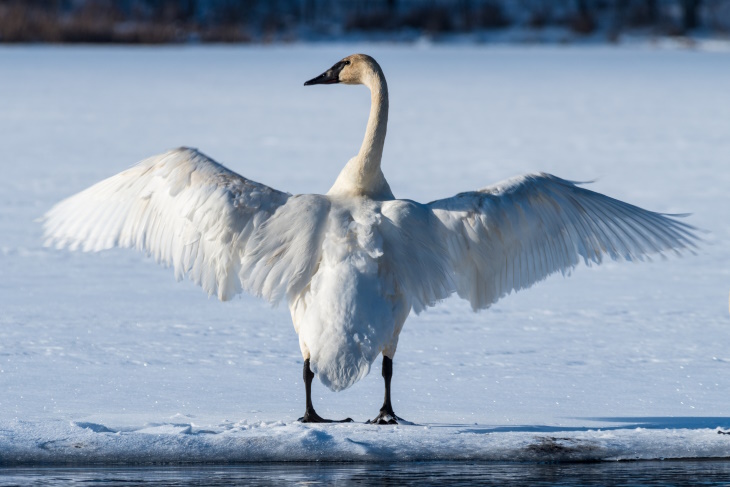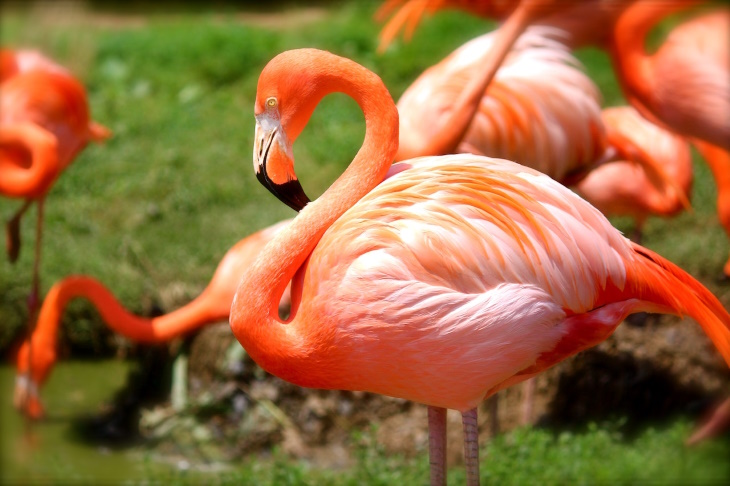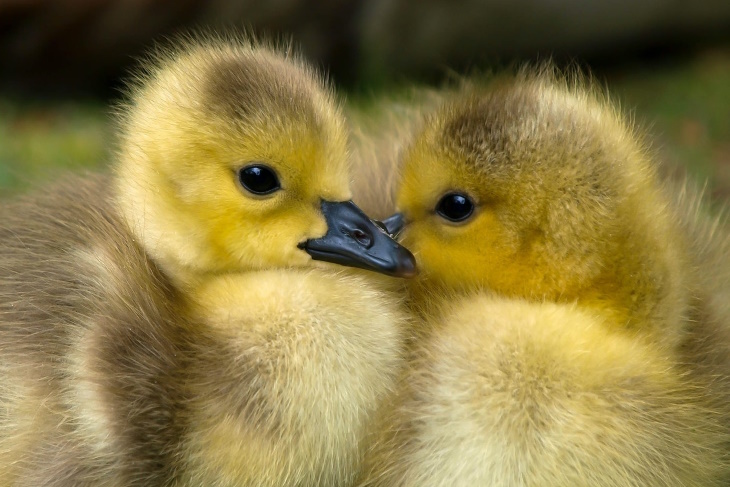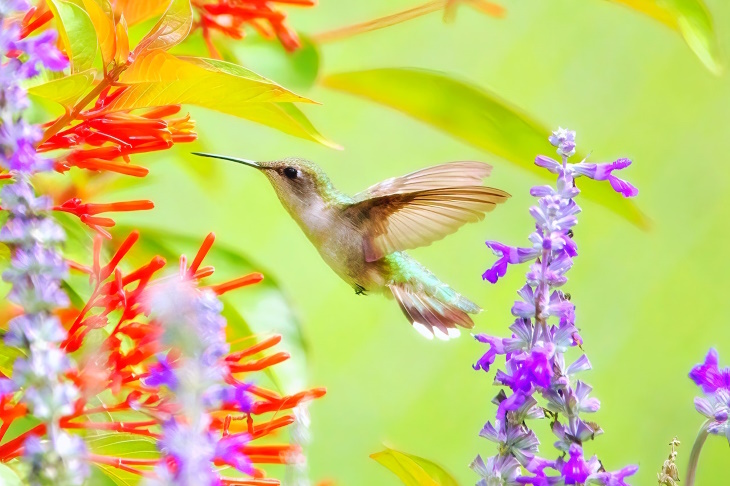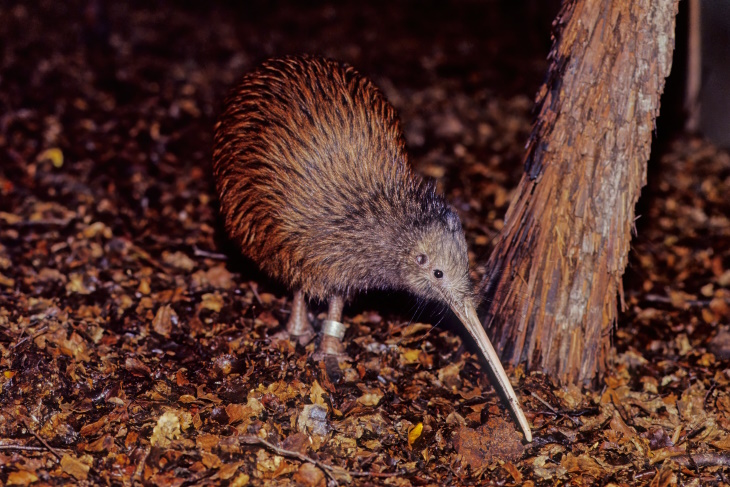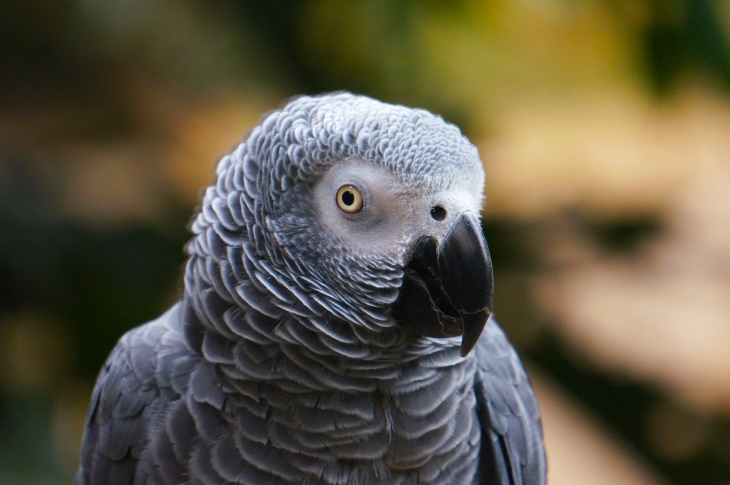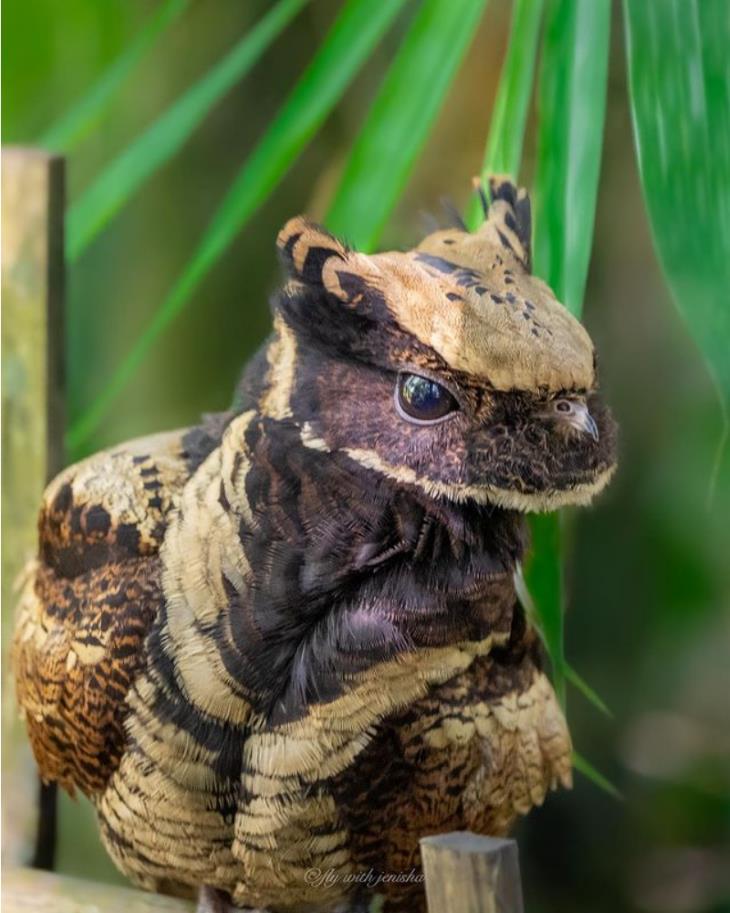They are the descendants of dinosaurs, the only animals on the planet with feathers, and the closest non-reptile relatives of crocodiles. Of course, we’re talking about birds! With over 9,000 species, our avian neighbors live and thrive on every continent, and they have several amazing adaptations and ancient features that make them some of the most remarkable animals on Earth. In this article, we cover 15 of these unbelievable features, so read on if you’re fond of our feathered friends.
From your friendly neighborhood crow to some of the rarest bird species in the world, here are 15 fantastic facts about birds.
1. Ostriches
You're surely aware that these terrestrial animals lay the biggest eggs among all birds. But that's not the only record-breaking feature of these massive raptors. Ostriches have the biggest eyes among all other terrestrial animals. They are about the size of a billiard ball. In fact, ostrich eyes are larger than their brains.
2. Hoatzin
Due to their specific odor, hoatzins are also called "stink birds." But that's not the only fact we wanted to share about these tropical South American birds. Until the age of three months, baby hoatzins actually have claws on each wing. The baby birds use these claws to climb and hold onto tree branches. Amazing, right?! It kind of reminds us of those ancient birdlike dinosaurs like the Archaeopteryx.
3. Acorn Woodpeckers (Melanerpes formicivorus)
Acorn woodpeckers could easily challenge any squirrel with their acorn-hoarding skills, and they would probably win too. These birds collect nuts by boring holes in wood and placing an acorn in each hole. Such trees are called "granary trees," and some woodpeckers were known to hoard upwards of 50,000 acorns in a single tree. Now that's an appetite!
4. Parakeets (Melopsittacus undulatus)
Yawning can contagious, but not for every animal out there. Scientists suggest that this habit is an example of social mirroring, in which animals repeat each other's behavior as a way to express their connection to the group. The only bird susceptible to contagious yawning is a familiar pet - the common parakeet.
5. Owls
You're likely aware of the fact that owls can rotate their necks to a maximum of 270 degrees. But have you ever wondered why such an adaptation was necessary, in the first place? The answer is rather logical albeit a little surprising: it's because owls can't turn their eyes.
6. Raven
Ravens are famously intelligent birds. They can learn hundreds of words, solve puzzles, and recognize people's faces. These corvids are also known to be extremely playful and sociable; scientists have observed crows maintain connections and even mourn dead family members.
7. Cardinals
Cardinals love covering their bodies in ants. "What a weird hobby!" - one might think at first. But this bizarre behavior has quite a practical explanation. The birds roll themselves in either living or crushed ants and allow the insects to crawl among their feathers. This type of "ant bath" is believed to keep lice and other parasites away.
8. Whistling Swans (Cygnus columbianus)
The whistling swan, also known as the tundra swan, has the densest plumage of all birds. The body of this bird is covered with over 25,000 feathers, densely packed to seal in the heat and protect the animal from subzero temperatures. For comparison, tiny bird species like hummingbirds have only about 1,000 feathers on their entire body.
9. Flamingo
Flamingos are just plain weird! Their beaks look bizarre, their legs bend the wrong way, and even their color comes from the crustaceans they eat. Moreover, these birds can't even eat if their heads are not positioned upside down. That's probably why they're not particularly fond of soup...
10. Albatross
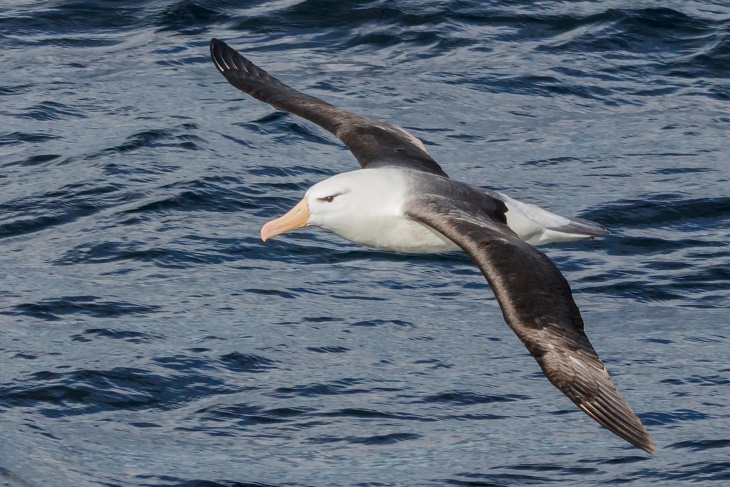
Without any exaggeration, albatrosses are the Chuck Norrises of the bird world. These birds are so tough that they can even sleep and fly at the same time. Not one fish will escape the watchful eyes of these birds!
11. Ducks
Speaking of unusual sleep habits, did you know ducks can sleep with one eye open? This way, they can keep watch and take a nap at the same time. Usually, ducks divide themselves into "shifts," where part of a group will sleep with one eye open while the rest snooze completely. Scientists have even found that the right part of a duck's brain remains active while the animal is in this napping state. Mind-boggling, right?
12. Hummingbirds
Another unique family of birds are hummingbirds. These tiny birds are so light that their weight doesn't exceed the weight of a nickel. The smallest species of hummingbird - the bee hummingbird - only weighs 1.6 grams, about the same as a penny. An average hummingbird weighs around 4 grams, which is slightly less than a nickel.
13. Kiwi
Kiwis are sometimes referred to as "honorary mammals." These flightless birds that hail from New Zealand indeed have many "non-birdlike" characteristics, such as heavy bones filled with bonemarrow, hairline feathers, and nostrils at the tip of their beak (most birds have nostrils at the base of the beak).
14. Parrots
No other bird, not even the wise raven, can compare to parrots' linguistic abilities. Some parrot species, particularly the African grey parrot, can memorize hundreds of words. One of the smartest African grey parrots is Einstein, who lives at the Knoxville Zoo in Tennessee. His vocabulary reportedly consists of over 200 words.
15. Great-Eared Nightjar (Lyncornis macrotis)
Have you ever seen a bird that looks like a miniature dragon? The great-eared nightjar is an unusual-looking bird that lives in southwest India and Southeast Asia. Here's another picture of this little fella:

